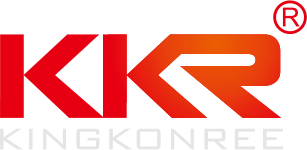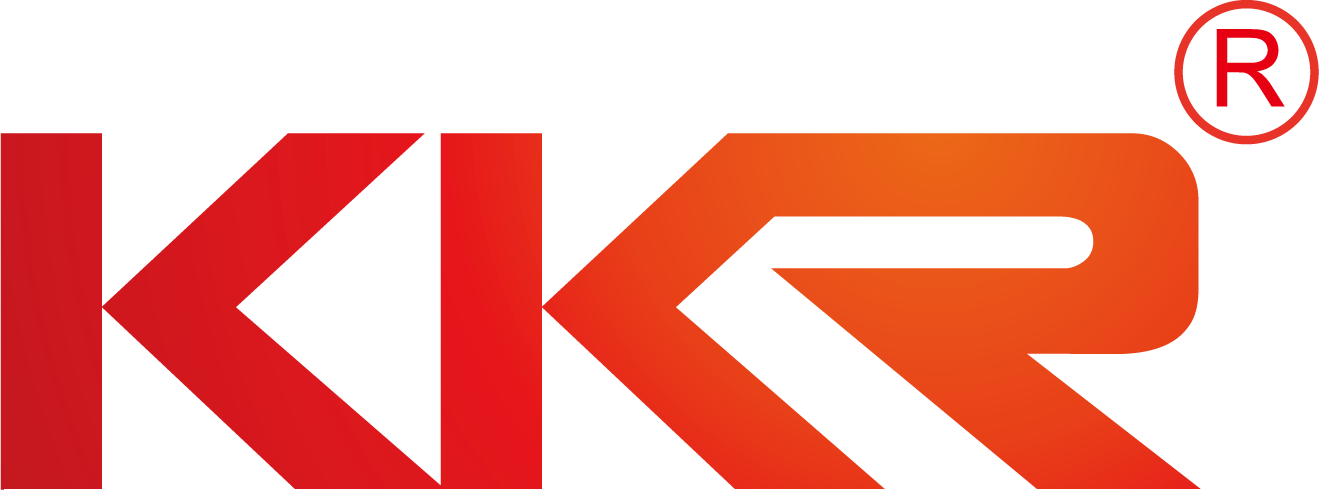 KingKonree - Solid Surface Manufacturer of Sanitary Ware, Solid Surface Countertops & Sheets for over 25 years, innovation in moulding and thermoforming
KingKonree - Solid Surface Manufacturer of Sanitary Ware, Solid Surface Countertops & Sheets for over 25 years, innovation in moulding and thermoforming
custom solid surface cutting board5
This course will teach you how to use solid surface materials commonly used in kitchen countertops to make custom cutting boards.
Most people call it Corian, but Corian is the trademark of solid surface materials.
These customized cutting boards are a good choice if you want different gifts or for your own use.
You can personalize them for everyone.
Finding solid surface materials may be difficult, but patience usually pays off.
Check with local kitchen and bathroom installers.
Sometimes they have old stock materials that will not be used and will be sold cheaply.
Other times they\'ll cut it. -
Flume outlets can sometimes be the perfect size for cutting boards or other items.
You can get shapes from various sources. 1.
You can use Google Image Search or other search engines to search online.
Use keywords such as \"profile\" or \"outline\" in search. 2.
Use your own photos: 3.
Throw an object on a flat-panel scanner. 4.
Draw the shape you want with pencil and paper. 5.
View clip art on the Internet or Microsoft Word.
I used an image of a squirrel I found online.
If you are using a picture and want it to be a pattern, I recommend using a photo editing program to track the picture.
I use paint shop professionally, but others will.
Open the picture and clip only the part of the picture you want to use.
Make a vector layer and place it in front of the background layer so that the content tracked will be displayed at the top of the background.
Select the pen tool and track the outline of the shape to be copied.
Under the \"Mode\" section, select \"Paint by Bare Hand\".
Make sure you add a large number of vertices when tracking shapes.
Later, if you want to modify the shape, you can drag these vertices.
How to print patterns depends on your printer and the software you use.
Basically, you want to print the pattern to the right size to fit your solid surface material.
If someone you know can use a large printer, you can have them print your pattern on a piece of paper.
Most printers allow you to print images onto multiple sheets of paper.
You may need to add a grid to the pattern printing so that you can easily match multiple drawings.
Another option is to take your documents to the local printing shop, where they are likely to print out the size you need.
Make sure to call ahead to confirm that the print shop can print in the file format you use and that you can scale the print to the size you want.
Next, you need to modify the pattern to delete any inner angle whose radius is less than the radius of the guide bearing of the router bit on the Roundover bit.
The easiest way to remove the inner corner of a pattern is to take a circular template and move it around the pattern.
At each inner corner, use the template to connect the two sides of the corner to the radius.
There are only a few positions in my model that need to be adjusted.
Look at these pictures and see what they look like.
Cut out the pattern with a bandsaw.
This is relatively easy, but if you have a complex or large pattern, it may take a little time.
Try to let your edges flow freely, because it will make edge polishing easier. I used a 1/4-
Inch wide, 14 teeth per inch rake band saw blade to cut squirrels.
This allows for some tighter corners in the pattern.
In the next step, the edges of the cutting board will be sanded, so don\'t worry about them looking a little rough when cutting.
Now you\'re going to grind the edges of the cutting board with sandpaper to remove all traces of the bandsaw.
For this purpose, please use the spindle sander to grind around the cutting board.
Starting with No. 100 or No. 120 grinding drum, it moves to a higher grinding drum, such as No. 180 sand and No. 220 sand, in each continuous process of the cutting board.
Use the greatest diameter grinding cylinder as far as possible, which helps to reduce the addition of spindle marking at the edge of the cutting plate.
I use Ridgid\'s vibrating shaft/belt sander.
I\'ve been using it for many years. It\'s a very useful and reliable tool, and it\'s very expensive compared with other tools.
Next, you need to use a router bit to bypass the edge.
The 90 degree angle of the edge of the cutting plate may be dangerous. (and sharp).
Set your router bit depth and Practice on a piece of scrap to ensure that it cuts at the depth you want.
I used a 1/8 inch round bit and a 1/2 inch guide bearing.
For obvious reasons, guide bearings are indispensable.
All edges of the cutting board are arranged on both sides.
Check the edges of both sides repeatedly to ensure that no areas are missing.
In order to polish the top and bottom of the cutting board, I used a variety of grades of sandpaper.
I\'ll start with random track sander and 180 sand paper.
From there I used 400-grain dry sandpaper.
Next, I used 800 and 1200 grains of wet/fried sandpaper.
I use it on all surfaces of the cutting board.
It makes the cutting board smooth on all surfaces.
You might be fine, just 800 sandpaper.
Use a soft cotton cloth with a little mineral oil to polish the cutting board.
Another option is to use a solid surface polish from a local hardware store.
That means you can use it now or throw it away.
Give it to that special person.
This is apparently for people who like squirrels.
The squirrel is 28 inches wide and 29 inches high.
It\'s a bit big and quite heavy, but it has a large area to use.
In addition, if you want to do something that affects people, do something that you can\'t find in the store. Cheers!

